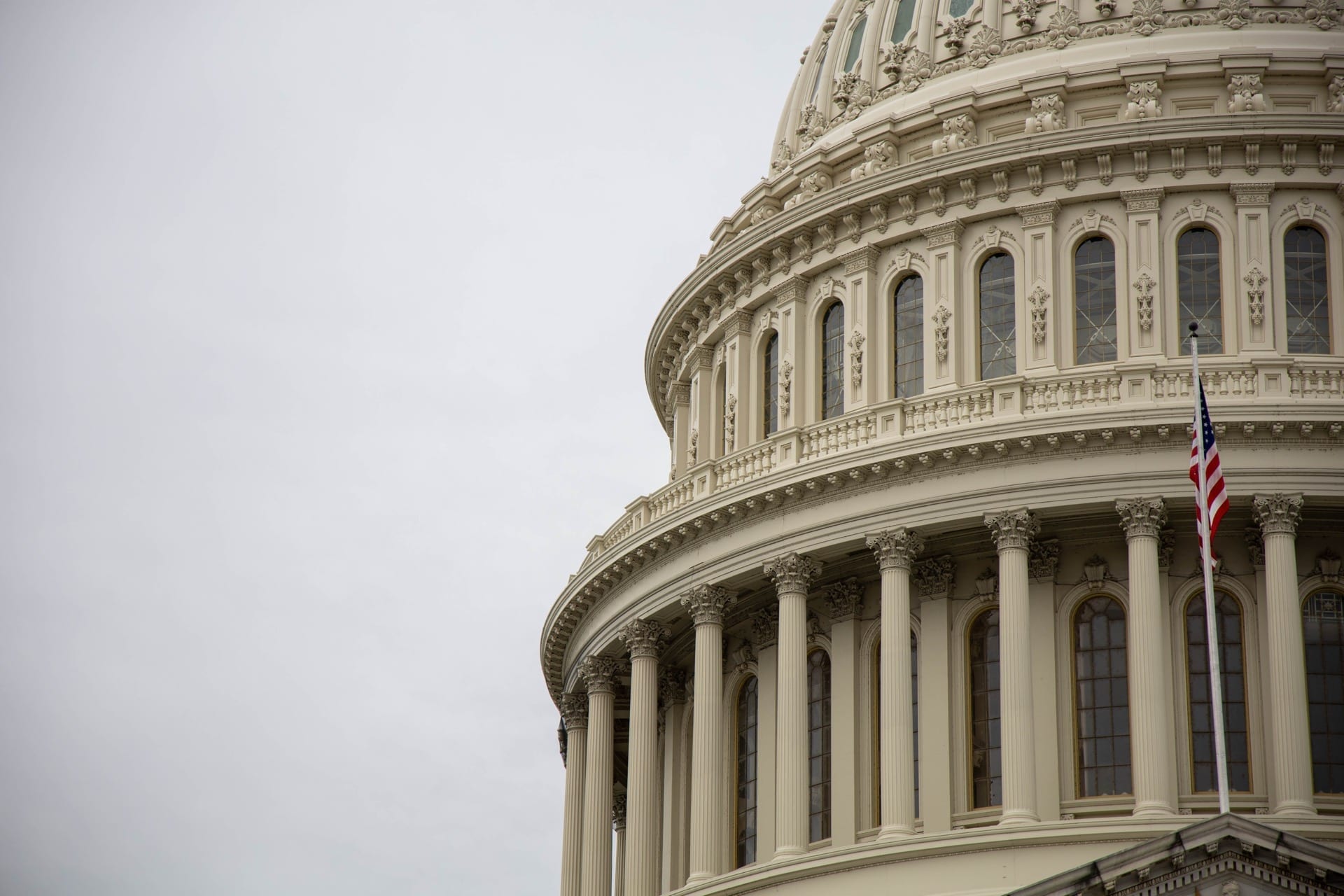These graphs analyze results from a national web survey of likely 2012 voters. This experiment tested videos of nationally-recognized economists speaking about economic problems and presenting solutions based on their analysis. This was a powerful and successful experiment, which produced a great deal of learning. We were able to successfully measure moment-to-moment reactions, speakers’ credibility and memorability, their impact on partisan economic positions, delivery on key tenets, and the big economic argument.[1]
Key findings:
· Voters are still facing really tough times and that is the starting place for any analysis of the economy—things are tough economically, financially—which is why highlighting economic indicators like jobs numbers or economic growth do not receive an audience with voters. Even asking about the biggest problem they face in their own lives (before giving any information about the economy) elicits almost completely economic responses: money, pay, and finances. And when we asked an open-ended question about the biggest economic problem we face, respondents were very clear: “jobs” minimized all other answers in response frequency analysis and “deficits” was not visible.
· However, concerns about spending and the deficit are powerful. We did win the argument, but only when both the framework and narrative were right. Conservatives have a clear and simple message, which is memorable. While voters did not immediately mention “deficits” in the initial open end, the most memorable phrases from the conservative economists become very clear in final open-ended testing.
· Progressives’ strongest framework combines middle class with a developed argument about inequality. In the post-video tests, this framework gave Democrats a 10-point advantage over Republicans on handling the economy and a 20-point advantage in the broad economic debate.
· But the framework that combines middle class with a discussion of government spending and investment (exhibited by Paul Krugman in our experiment) does important work on pushing back against spending cuts and winning the big economic argument. In fact, in this framework, the broad progressive economic argument beats the conservative argument by 22 points — the biggest margin of any of the frameworks.
· Middle class combined with regulatory framework is problematic, as currently framed by our economists. This framework performs the weakest of all the frameworks in the broad economic argument pair and does not yield any learning, performing the same as the other frameworks in the regulation-based economic tenet pair.
· Immediate reactions did not always translate linearly into advancing central progressive tenets and arguments. Immediate reactions to the videos are important but are processed and then compared to additional information. Some messages—particularly Krugman on spending, had an impact and produced learning even when they resulted in low scores during message testing.[2]

[1] This presentation reports on findings from a national web survey of 1,500 likely 2012 voters. This survey utilized state-of-the-art web-based moment-to-moment video testing of political leaders and economists to show immediate responses to information about, and analysis of, the economy. Respondents were members of a web survey panel recruited to take this survey. The instrument was administered via the internet. The panel was screened using a series of questions to establish respondents’ likelihood to vote in November 2012. n= 1,500 (1,500 weighted) conducted by Greenberg Quinlan Rosner Research for Democracy Corps July 28-August 1, 2012. Our sample was controlled for (2012 likely voter) demographics, party identification, and certain thermometer ratings to make sure each experimental bloc of interviews was comparable politically and demographically to ensure that differences at the conclusion of the experiment were produced by the message exercise.
[2] Because videos were captured from different settings—roundtable discussions, television interviews, and speeches, it is important to note that there is a response differential resulting from the context of the videos. All videos were followed by abbreviated textual messages of the video content, which were analyzed in two ways: first, to mitigate the impact of the video context, and second, to measure the impact of the speaker’s tone.



